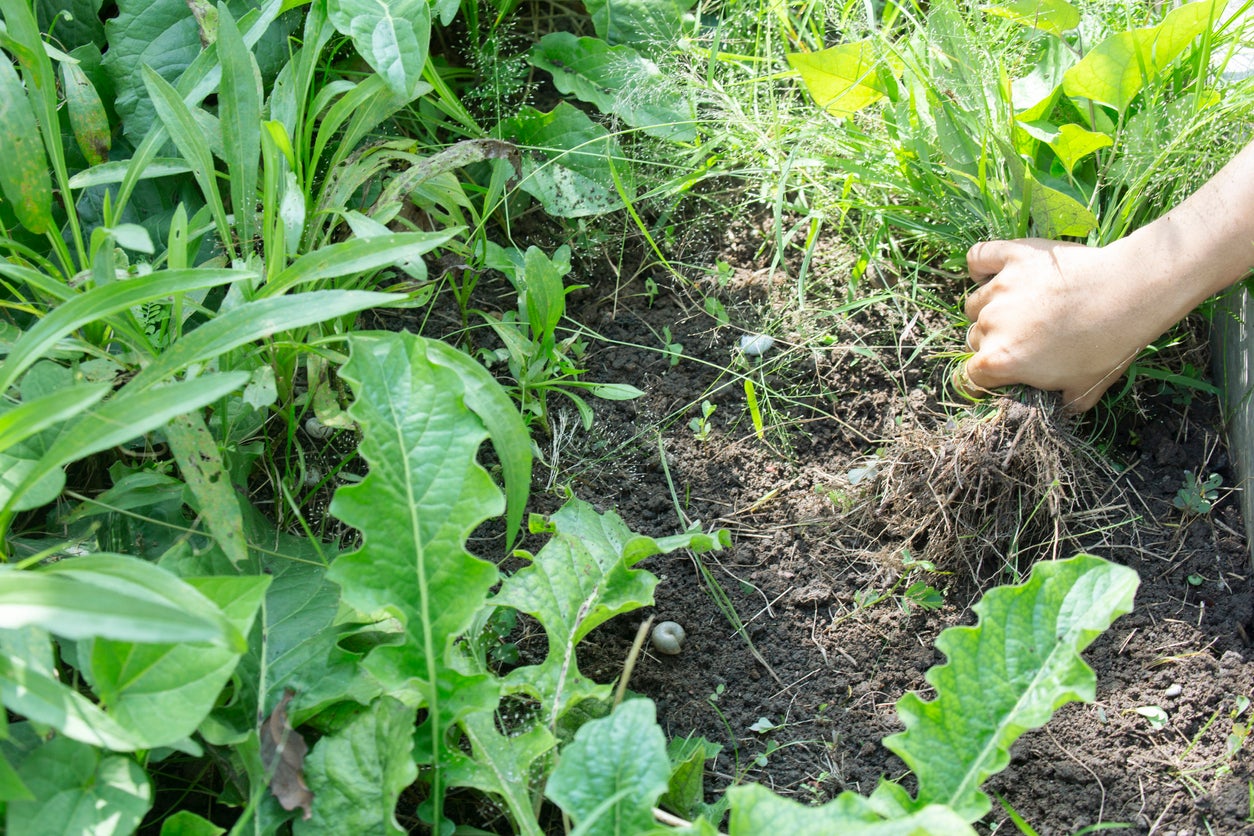Weed Identification Control: Weeds As Indicators Of Soil Conditions


While weeds can be a menace and an eyesore as they creep throughout our lawns and gardens, they can also provide important clues to the quality of your soil. Many lawn weeds indicate soil conditions, making it easier for homeowners to manage their soil quality and any future problems. This not only allows you the opportunity to improve your soil but can also add health and vigor to lawn and garden plants.
How to Tell Which Soil You Have by the Weeds
Oftentimes, improving the soil can eliminate or deter various types of weeds from returning. Understanding weeds as indicators of soil conditions will help you improve your lawn. The battle with weeds will most likely never be won. Garden soil conditions and weeds go hand in hand, so why not take advantage of the clues given for soil types and use the weeds to identify potential problems. Large populations of weed growth can signal poor soil conditions as well as soil type. Since these lawn weeds indicate soil conditions, it can make it easier to detect and fix problem areas before they get out of control.
Soil Types and Weeds
Using weeds as indicators of soil conditions can be helpful when fixing problem areas in the landscape. While there are numerous types of weeds, as well as a number of soil types and conditions, only the most common garden soil conditions and weeds will be mentioned here. Poor soil can include anything from moist, poorly drained soil to dry, sandy soil. It may also include heavy clay soil and hard compacted soil. Even fertile soils have their share of weeds. Some weeds will even take up residence just about anywhere, such as dandelions, making it more difficult to determine soil conditions without closer examination. Let's look at some of the most common weeds as indicators of soil conditions:
Wet/moist soil weeds
Dry/sandy soil weeds
Heavy clay soil weeds
Hard compacted soil weeds
Poor/low fertility soil weeds
- Yarrow
- Oxeye daisy
- Queen Anne's lace (wild carrot)
- Mullein
- Ragweed
- Fennel
- Plantain
- Mugwort
- Dandelion
- Crabgrass
- Clover
Fertile/well-drained, humus soil weeds
Acidic (sour) soil weeds
Alkaline (sweet) soil weeds
- Queen Anne's lace (wild carrot)
- Chickweed
- Spotted spurge
- Chicory
The best way to identify common weeds in your area is to research books or online guides that are targeted towards these plants. Once you know how to identify common weeds, you will be able to determine current soil conditions in the landscape whenever they crop up. Garden soil conditions and weeds are a tool you can use to improve your lawn and garden.
Gardening tips, videos, info and more delivered right to your inbox!
Sign up for the Gardening Know How newsletter today and receive a free copy of our e-book "How to Grow Delicious Tomatoes".

Nikki Tilley has been gardening for nearly three decades. The former Senior Editor and Archivist of Gardening Know How, Nikki has also authored six gardening books.